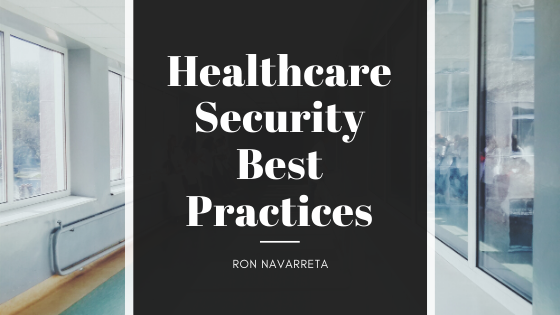In today’s age of connectivity, data security in healthcare institutions is of the utmost importance. Technology has become a staple of practically every business on Earth, and with more technology comes more risks. In healthcare, there is an abundance of personal and medical data that is maintained by the facility. If a patient’s information were to be taken from hospital servers, there could be severe repercussions to the patient and hospital. The negative fallout can include reputational, financial, and administrative damage, to name a few. The Health Insurance Portability and Accountability Act exists so healthcare providers are held accountable for keeping each and every patient’s information safe, so it is important that the legislation is adhered to. Here are a few healthcare security best practices to consider.
Risk Assessment
The first thing you’ll want to do is think about the risks that could affect your institution. Many risks exist but some of the most damaging include hackers attempting to infiltrate your network security in order to steal important patient information, viruses, and other malicious software that could infect the devices you use, deliberate theft, or corruption of data by employees, and much more. These and other risks need to be analyzed carefully, and policies should be implemented to address them. It’s also important to remember that these policies must be reevaluated from time to time as technology and conditions are constantly evolving.
Training
Just like in business, the employees of your healthcare organization are the lifeblood and can be your best friend or your worst enemy. It’s important to invest the time and effort into education and training for employees on how to handle security issues so they understand how to approach any security situation that comes their way. It’s also important that this training and education happens on a consistent basis, as new threats are created every day and software is updated so frequently that things can change at the drop of a hat.
Data Encryption
When keeping your organization’s data safe, it’s important that all data is encrypted. Data encryption involves translating data into another form so only people who have the decryption key or password can read it. Make sure that all of your data is encrypted as well as any relevant hardware and nothing is missed, using industry-standard encryption algorithms. To go along with this, make sure that whenever data needs to be deleted it is done so in an effective manner to ensure that deletion is permanent. This also goes for old hardware, as hardware that hasn’t been properly wiped likely shouldn’t be recycled.

